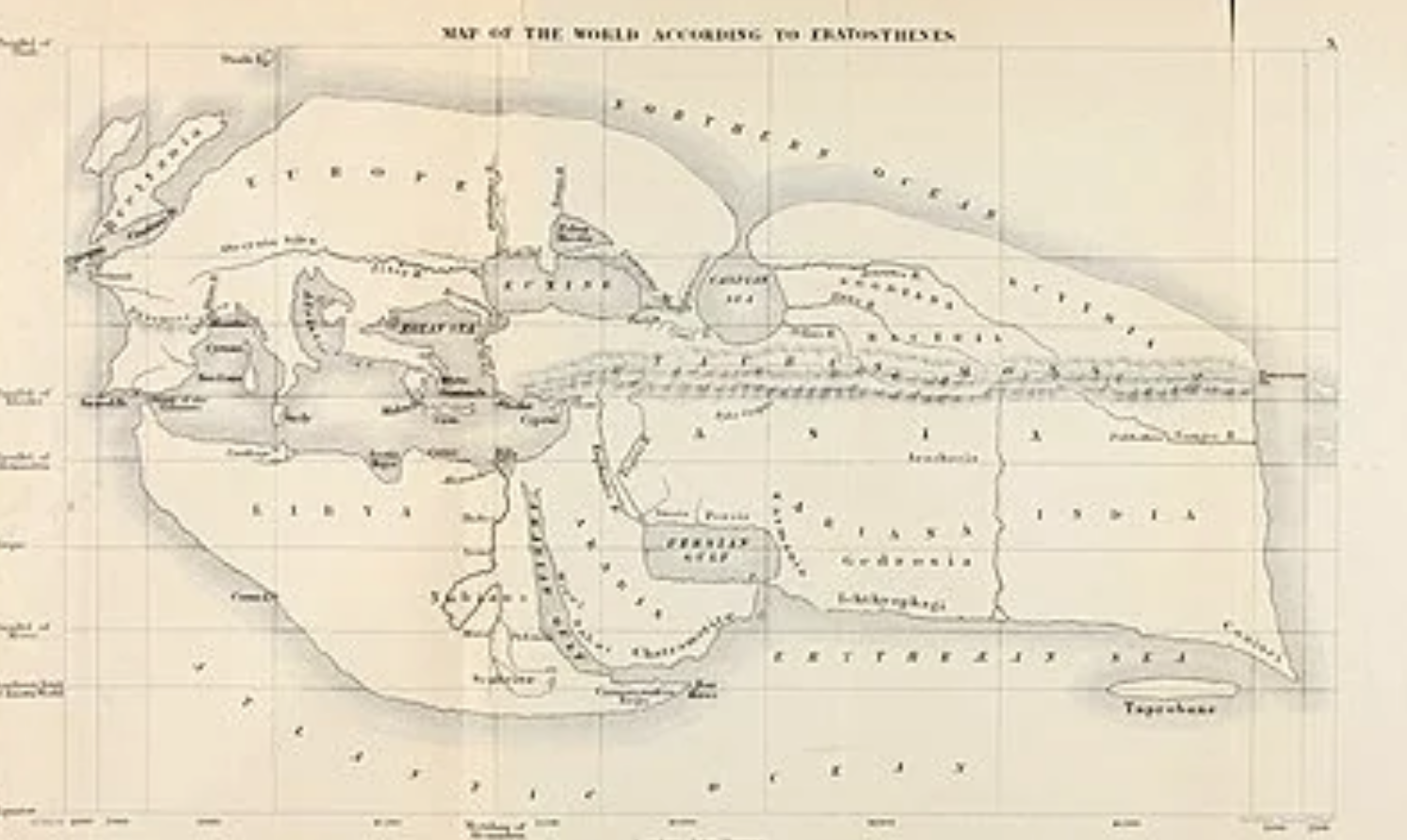The Superior Signifier of Iran. How Iran Was Constructed in both Classical and Modern Historiography?
Abstract
Modern historiography emerged with the claim of demythologizing history. However, it led to the ideologization and conceptualization of history in which many small ethnicities and ritual were eliminated or assimilated in the Great narrative. As a result, a new myth of history was produced because of the political and cultural requirement of the present, in which the past was made as a weapon regarding the future for the present. Therefore, which was constructed as a past, was just a presence future. One of the new fictions stories which were produced in Western historiography is the concept of Great Iran, where stretches from Egypt to India and fame to being multi-cultural, multi-religious and multi-ethnicities land to what extend its culture is bigger than its territory. Moreover, it was plural and the cradle of human right and rationalism which was destroyed by Arab and Turks respectively. This article aims to analyze to what extent does this view is corresponded with Iranian History and how was constructed which many researchers are not able to think out of the box. Iran is a political concept and, historically was just an empire like Mongol and Turks empire, however, it has been depoliticized and has taken on the cultural and territorial aspect. The naturalization of the Iranian political concept is secularized form of the great sign of God, which has always been and will remain. Furthermore, Like God, the signifier superior of Iran, involves everything and nothing could be imaginable outside of it. This God (Iran significant) is good and all evil events that have happened were because of devil rebellions in other ethnicities which do not exist by themselves, it is merely the lack of God's power that in political words become understandable in form of power of the single-ethnic state.
